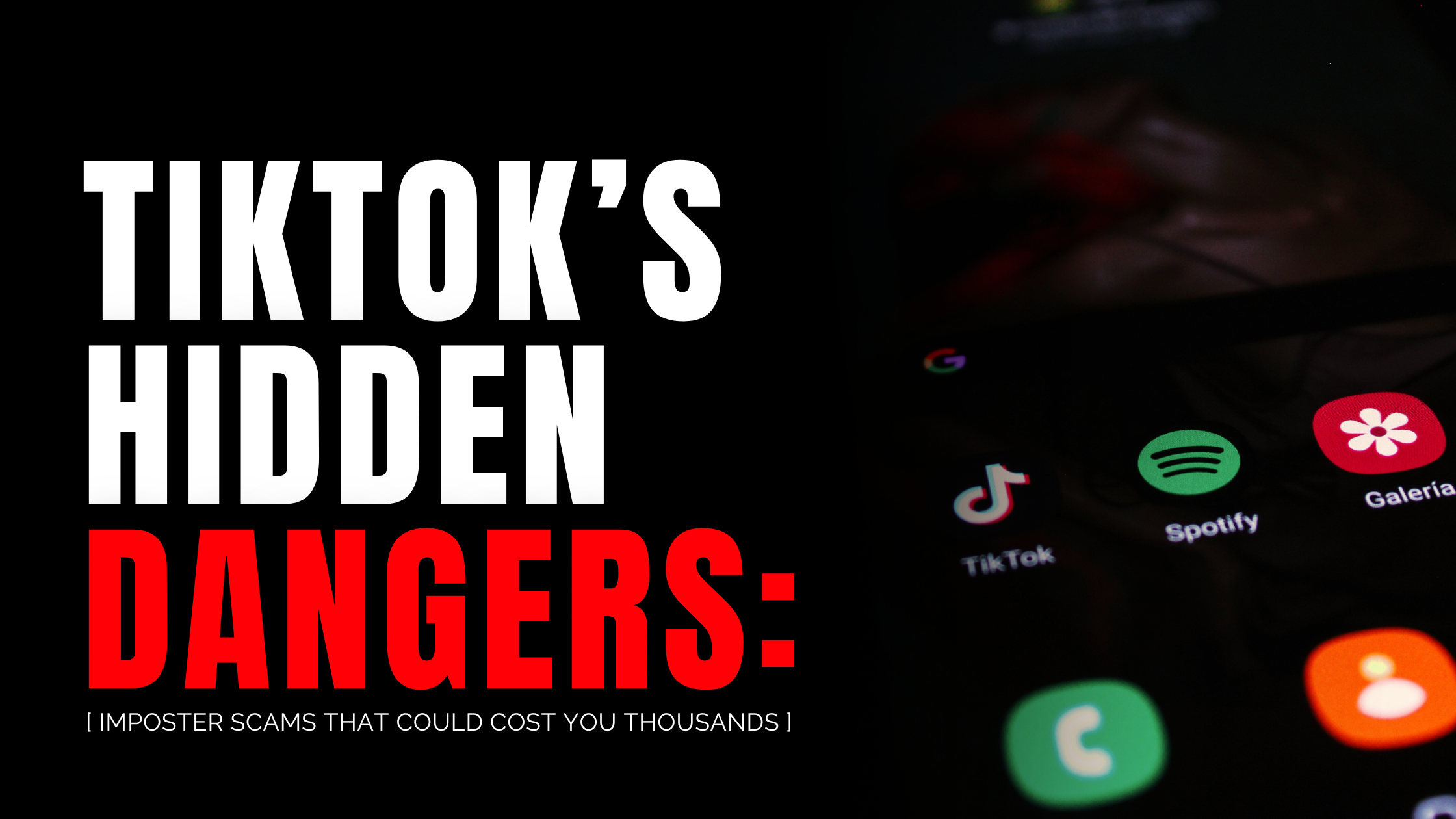Deepfake technology has transformed the digital landscape, introducing both groundbreaking possibilities and unprecedented risks. Initially celebrated for its potential in entertainment and innovation, this artificial intelligence-driven tool has quickly become a weapon for cybercriminals. By creating hyper-realistic videos and audio imitations, scammers are manipulating trust on an alarming scale, deceiving individuals into taking actions based on fabricated claims. From impersonating CEOs to forging celebrity endorsements, deepfake scams are reshaping how fraud is conducted, making it more sophisticated and harder to detect.
Deepfake scams exploit the psychological principle of trust. When people see a familiar face or hear a recognizable voice, they’re naturally inclined to believe the message being conveyed. Cybercriminals take advantage of this trust to trick their victims into divulging sensitive information, transferring money, or participating in fraudulent schemes. The rapid evolution of deepfake technology means these scams are not only becoming more convincing but also more widespread, posing a significant threat across various industries, especially cryptocurrency.
The Brad Garlinghouse Deepfake: A Startling Example
One notable example of a deepfake scam involved Brad Garlinghouse, CEO of Ripple, and the cryptocurrency XRP. A hyper-realistic deepfake video circulated on YouTube, featuring Garlinghouse allegedly encouraging viewers to send XRP with the promise of receiving double the amount in return. At first glance, the video appeared authentic, but its claims were entirely fabricated. Unfortunately, many unsuspecting individuals fell victim to this scam, losing significant amounts of money in the process.
Identifying the Signs: Skeptical Brands Takes Action
At Skeptical Brands, we recognized the video for what it was almost immediately. Despite its realistic appearance, there were clear signs of manipulation. The video repeatedly looped a single phrase, “Send XRP now and receive double,” creating a glitchy and unnatural effect. This repetitive messaging, coupled with the urgency of the scam’s call to action, was a red flag.
We quickly reported the video to the appropriate platforms, emphasizing the importance of collective action. A single report can raise awareness, but multiple reports are crucial to getting fraudulent content removed swiftly. By acting together, we can disrupt the exploitation of trust in this new era of AI-driven scams.
The Growing Threat of Impersonation
The Brad Garlinghouse incident highlights a larger trend: the manipulation of deepfake technology to impersonate high-profile figures. CEOs, celebrities, and influencers are frequent targets, as their authority and reach make them effective tools for deception. Scammers often pair these impersonations with high-pressure tactics, such as claiming a “limited-time offer” or creating a sense of urgency to prevent victims from questioning the authenticity of the request.
The Impact on the Cryptocurrency Market
Deepfake scams represent a unique threat to the cryptocurrency market. As highlighted in our previous blog post, Investment Scams in Crypto: The Hidden Threat to the Market, scammers are increasingly using deepfakes to exploit the trust of crypto investors. The irreversible nature of cryptocurrency transactions makes these scams particularly devastating. Once funds are transferred, they’re nearly impossible to recover.
By leveraging deepfake technology, cybercriminals are turning the very qualities that make cryptocurrency appealing—anonymity and decentralization—into vulnerabilities. Fabricated celebrity endorsements and fake investment opportunities have become common tactics, luring victims with promises of high returns. The crypto community must remain vigilant and informed to counter these evolving threats.
How to Protect Yourself from Deepfake Scams
Protecting yourself from deepfake scams requires a combination of awareness and proactive measures:
-
Look for Inconsistencies: Pay attention to subtle flaws in deepfake videos, such as unnatural facial movements, mismatched lighting, or robotic voice tones. If something feels off, trust your instincts.
-
Verify Through Trusted Channels: Always cross-check suspicious claims through official websites or verified contact methods. Avoid acting on requests without double-checking their legitimacy.
-
Question the Context: Consider whether the person being impersonated would realistically make such a request, particularly if it involves money or sensitive information. Genuine communication rarely includes high-pressure tactics.
-
Report Suspicions: Report deepfake videos and other forms of cybercrime to platforms like IC3.gov or directly to the organization being impersonated. Prompt reporting helps prevent further harm.
The Role of Skeptical Brands in Fighting Deepfake Scams
At Skeptical Brands, we’re dedicated to combating deepfake scams and empowering individuals to stay safe in the digital world. When we identified the Brad Garlinghouse video, we acted immediately to report it, but we understand that one report is not enough. That’s why we encourage everyone to take action. By collectively identifying and reporting fraudulent activity, we can minimize the damage caused by these scams.
If you encounter a suspicious claim or video, don’t hesitate to reach out to us. Skeptical Brands is here to help investigate and provide guidance on protecting yourself from these sophisticated threats. Together, we can create a safer digital environment where trust is harder to exploit.
Stay Skeptical, Stay Safe
Deepfake scams are a stark reminder of the importance of vigilance in the digital age. By staying informed, skeptical, and proactive, we can reduce the impact of these scams and protect ourselves and our communities. For more tips and resources on navigating the digital world safely, visit The Skeptical or contact Skeptical Brands today.




Leave a comment
All comments are moderated before being published.
This site is protected by hCaptcha and the hCaptcha Privacy Policy and Terms of Service apply.